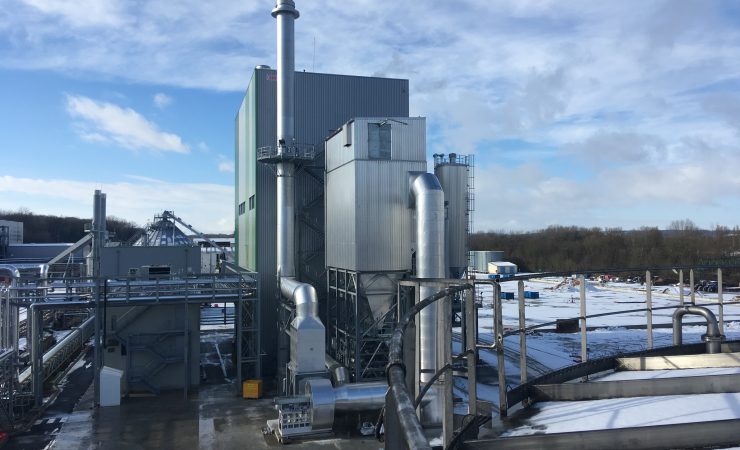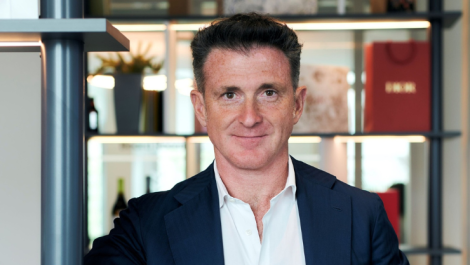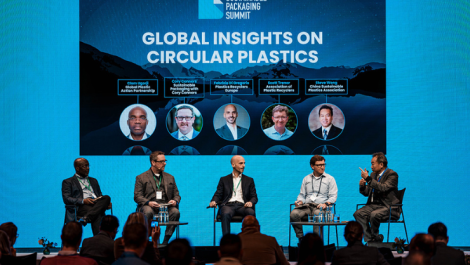The Saica Group has joined the international initiative SBTi (Science Based Targets initiative), a project to help companies set greenhouse gas emission reduction targets based on climate science in order to limit global warming.
The scheme is promoted by non-profit organisations CDP (Carbon Disclosure Project), UNGC (United Nations Global Compact), WRI (World Resources Institute) and WWF (World Wildlife Fund).
Saica has a maximum of 24 months to define short- and long-term targets and submit them to SBTi for approval, in accordance with its rules. These targets are calculated on the basis of the gas emission reductions needed, according to existing models, to keep the global temperature rise below 1.5°C compared to industrial-era temperatures, in line with the COP21 agreements (Paris 2015).
The short-term target, for which SBTi acts as an independent guarantor, should have a time horizon of five to 10 years. On the other hand, the initiative also encourages companies to set Net Zero targets in the longer term, a target that Saica Group has also joined for 2050.
In terms of the effort to be made, in a first phase Saica will focus on finding options to decarbonise its production facilities, thus attacking Scope 1 and 2 emissions. In a second phase, Saica will involve the entire value chain to uncover those that minimise the impact of the supply chain; this means attacking Scope 3 emissions related to transport, extraction and production of raw materials or end of life of waste, amongst others.
Ramón Alejandro, chairman of the Saica Group, said, ‘One of the priorities of the Saica 2025 Strategic Plan is ‘orienting the business towards sustainable solutions that contribute to environmental protection and to the fight against climate change’. This is why, in 2021, in Saica we set up a decarbonisation working group, whose main objective is to find technological solutions that allow us to cover the energy needs of the Group’s factories, achieving the decarbonisation objectives for these facilities.
‘The current situation, where the technology necessary for the intensive use of some of these new fuels is not yet developed, may force the abandonment of some of the projects initiated. In any case, at Saica, we are convinced that R&D&I has always been a competitive advantage, so we must continue with the necessary and sufficient efforts to achieve the objectives we have set ourselves.’








